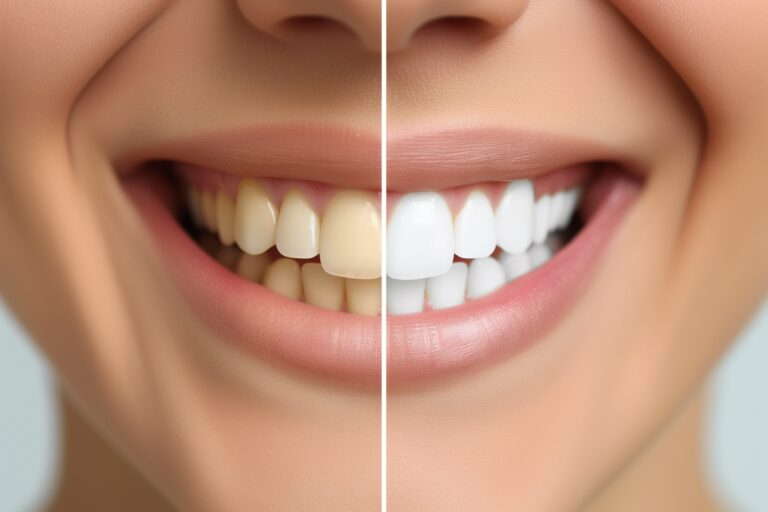Brushing your teeth is the first line of defense for a healthy smile; however, if it is not done properly, you could be causing more damage than good. Learn how to take care of your teeth and gums with these brushing tips!
Why Brushing is Important
Throughout the day, bits of food and plaque build-up and get stuck on our teeth. Brushing twice daily can help remove any leftover food particles and keep plaque at bay, which helps prevent gum disease and cavities.
Habits to Avoid
Not brushing your teeth for long enough
You should be spending at least two minutes brushing twice a day. Spending any less time than two minutes doesn’t ensure a proper cleaning.
Brushing your teeth too hard with the wrong toothbrush
Brushing your teeth too hard or with a brush that’s too abrasive can damage your teeth by eroding the protective layer of enamel on the tooth’s surface.
Tips for a Successful Brushing
1. Be sure to brush in short, circular motions without applying too much pressure
2. Begin in the back with your upper molars and work in a clockwise direction, then move to your lower molars
3. Using the same technique, brush the inside surfaces of your teeth
4. Then clean the chewing surfaces, this is where food particles are prone to get stuck in the groves
5. Don’t forget to brush your tongue, roof of your mouth and inside of your cheeks for complete cleaning.
In addition to brushing for two minutes twice daily, seeing the dentist every six months is essential for proper dental care. Schedule your appointment at Beall Dental Center!





